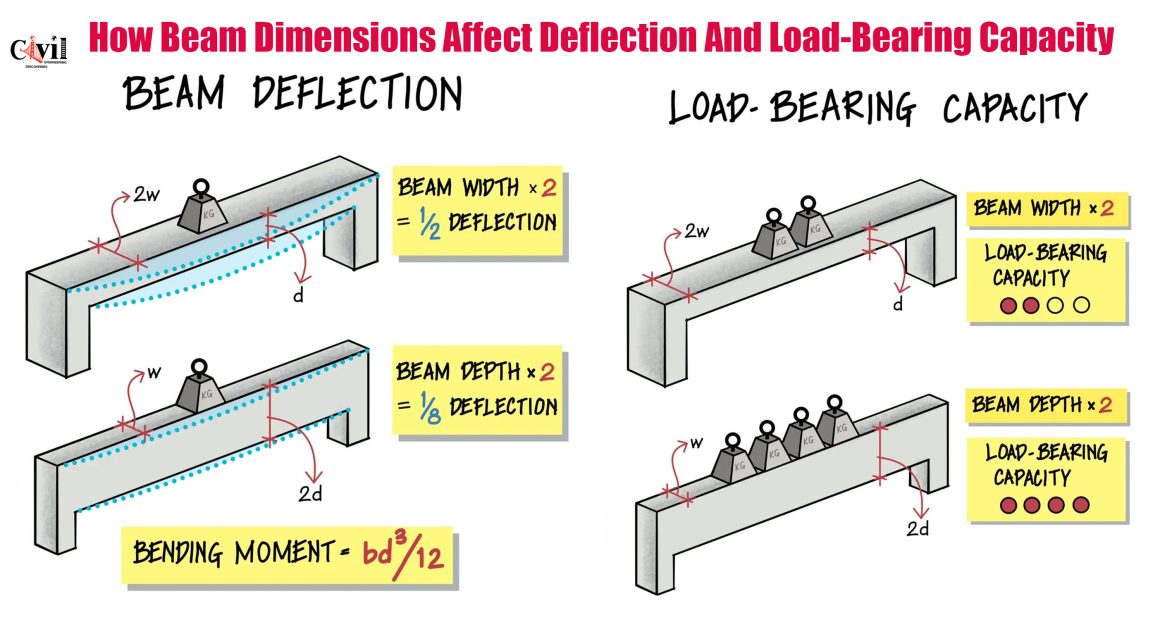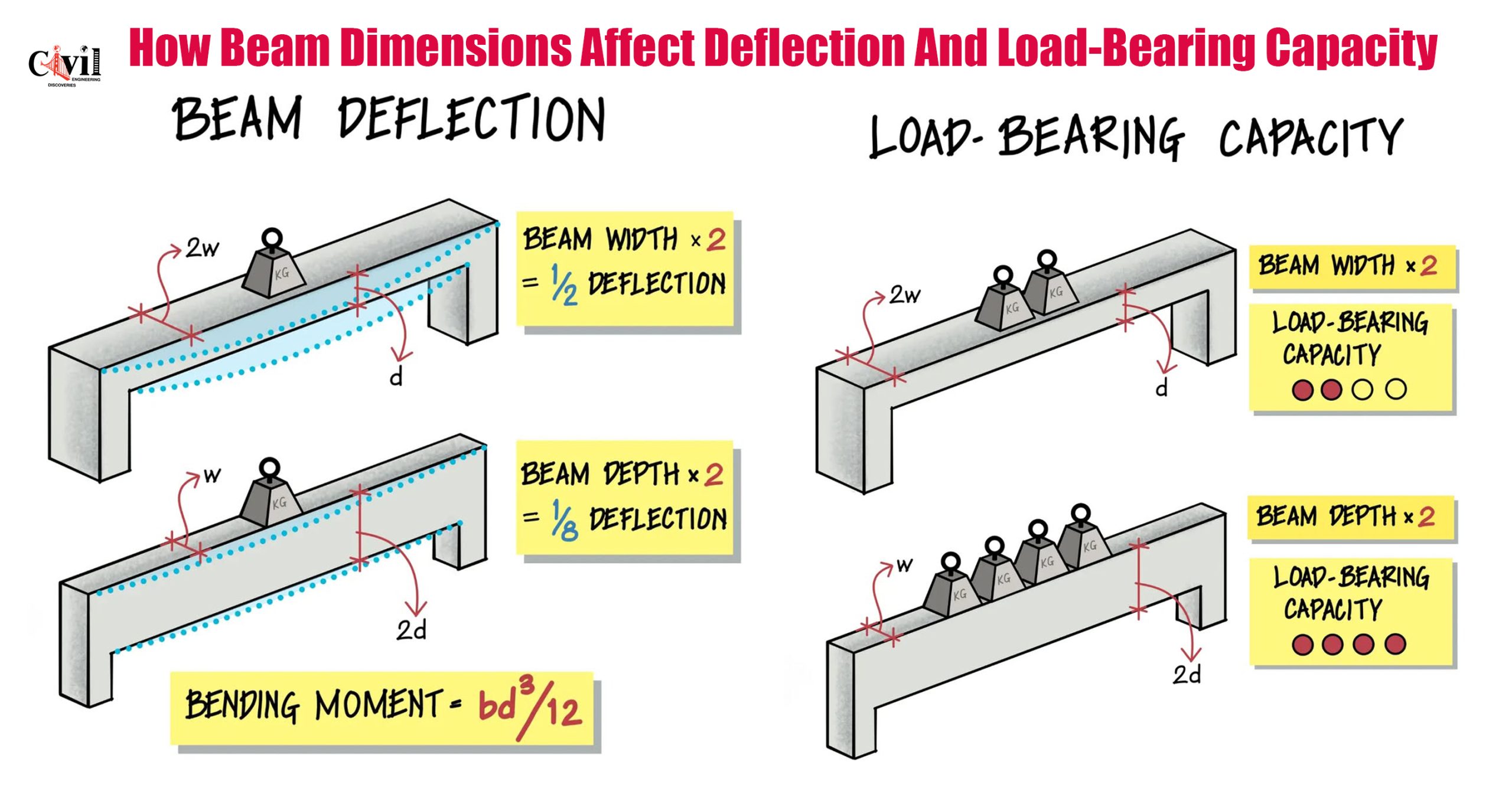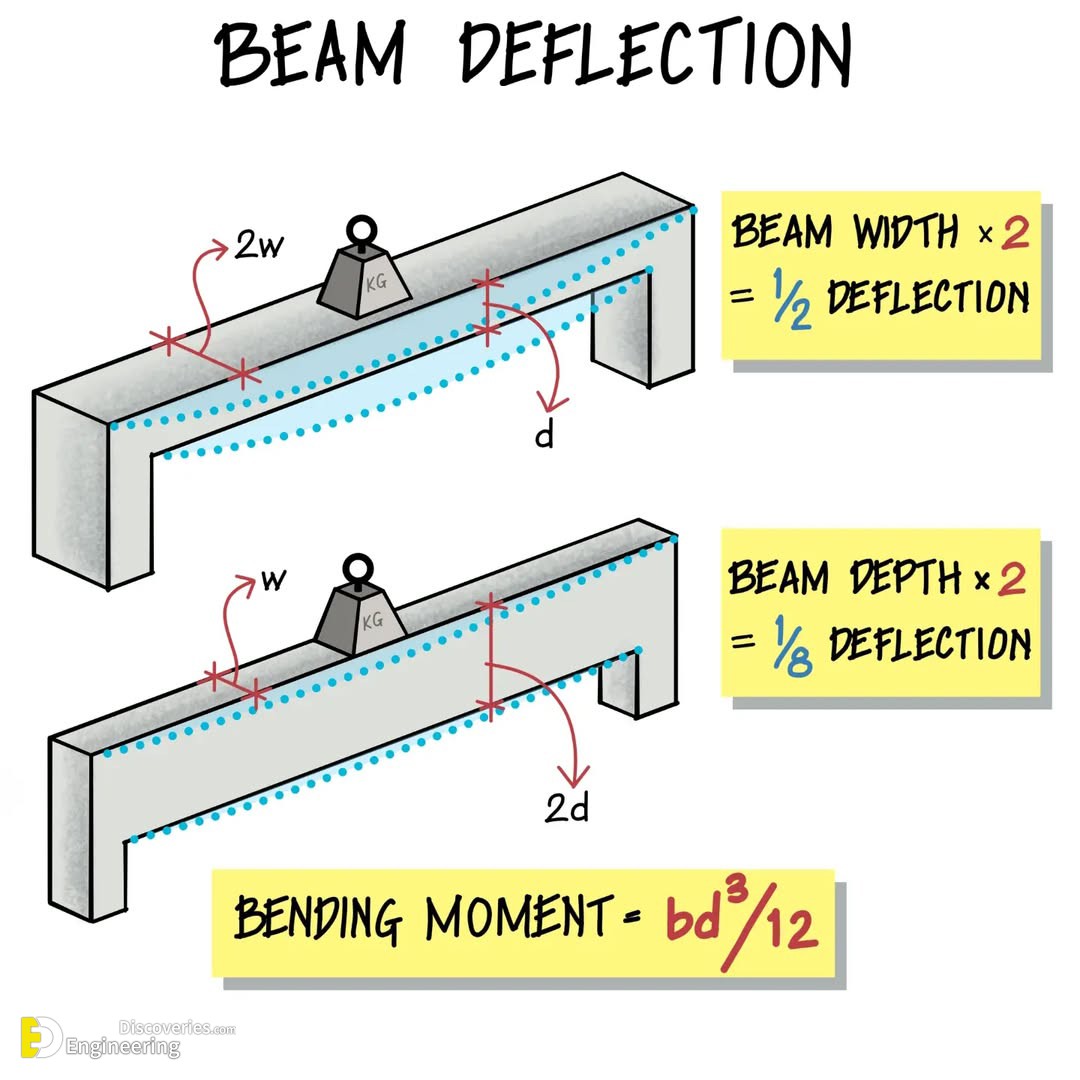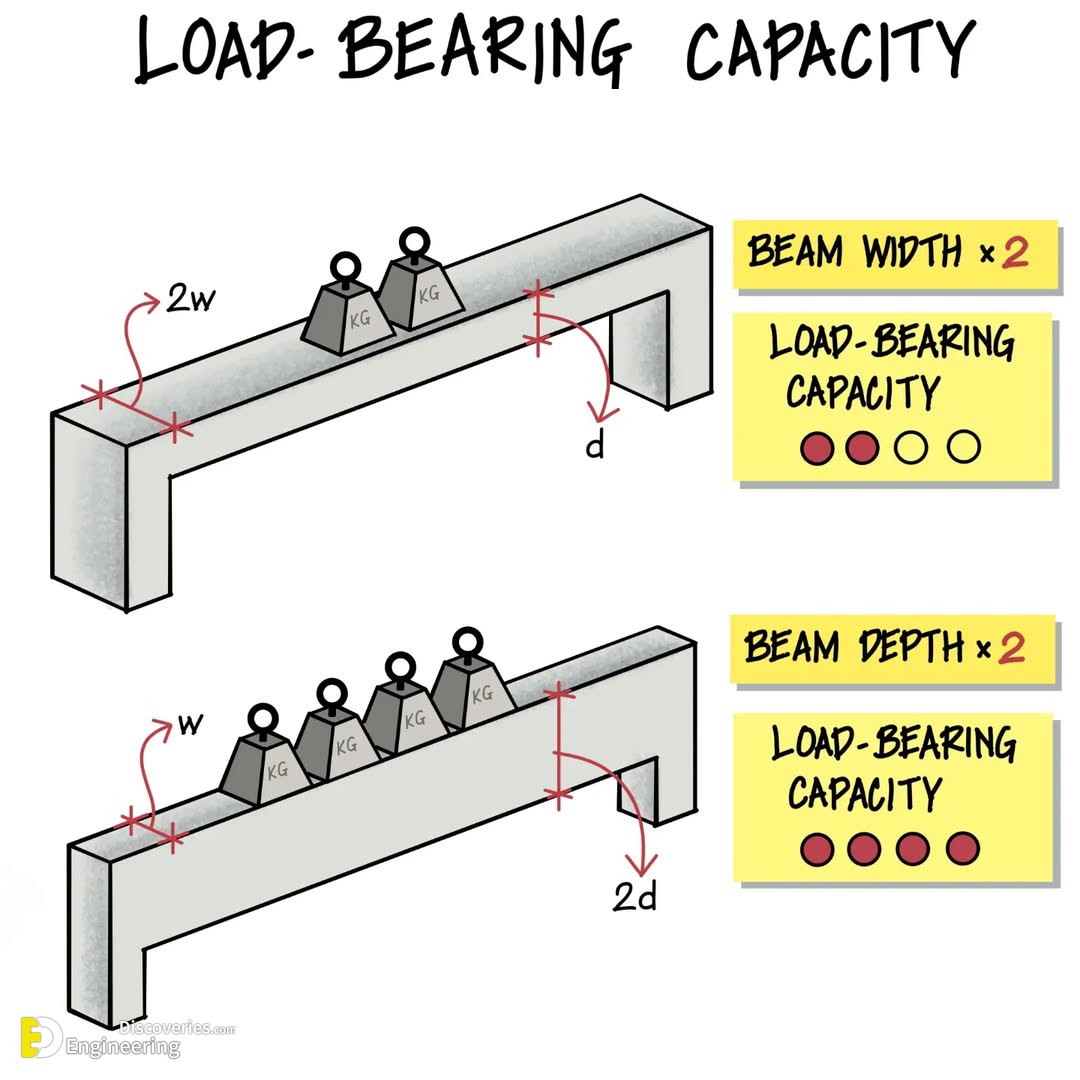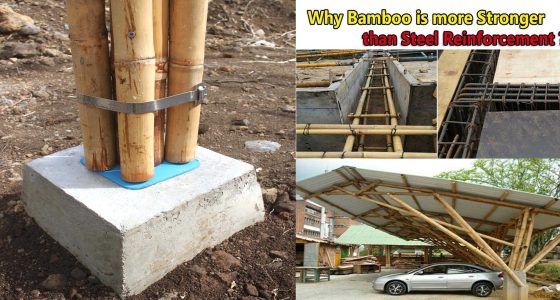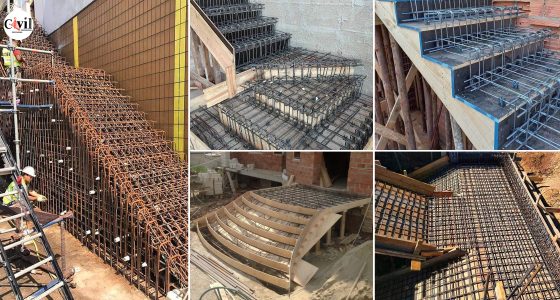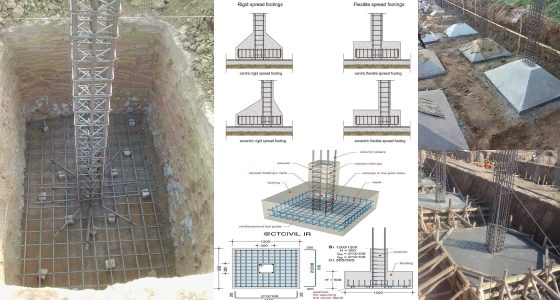Understanding Beam Deflection in Structural Engineering
Beam deflection plays a crucial role in architectural and structural design. When a load is applied to a beam, it bends. The extent of that bending—called deflection—directly impacts the beam’s performance and the safety of the structure.
One simple way to control deflection is by adjusting the beam’s width. Doubling the width of a beam can reduce its deflection by half. This technique is highly effective when dealing with lighter materials or when increasing depth isn’t possible.
On the other hand, increasing the beam’s depth yields even more powerful results. If you double the beam’s depth, deflection decreases to one-eighth of the original value. This is because deflection is inversely proportional to the depth cubed, making depth a major player in beam behavior.
The Bending Moment Formula Simplified
The resistance of a beam to bending is determined by the bending moment, expressed as:
Bending Moment = (b × d³) / 12
Here:
b = beam width
d = beam depth
This formula shows how increasing the depth dramatically boosts bending resistance. Even a small increase in depth greatly amplifies the beam’s strength.
Boosting Load-Bearing Capacity with Beam Modifications
The load-bearing capacity of a beam determines how much weight it can support before failing. Adjusting the beam’s geometry is the most efficient way to increase this capacity.
Widening the Beam
Doubling the width leads to a direct increase in load-bearing capacity. However, this method offers limited improvement. It’s useful for small-scale enhancements but not ideal for heavy-duty support.
Deepening the Beam
Doubling the depth results in a dramatic rise in load-bearing strength. This is clearly evident in structural models, where deeper beams handle significantly more weight with minimal deflection. It’s the go-to strategy for architects when designing robust, durable buildings.
Practical Applications in Architecture
Engineers and architects often face space or material constraints. By understanding how width and depth affect both deflection and load capacity, they can make informed design decisions. This ensures that the structure remains safe, cost-effective, and long-lasting.
For example:
A shallow but wide beam might suit short spans with light loads.
A deeper beam is best for longer spans or heavier loads.
Key Takeaways for Structural Design
Doubling beam width = ½ deflection + moderate capacity boost
Doubling beam depth = ⅛ deflection + major capacity boost
Bending resistance increases with depth cubed
Depth adjustments are more effective than width changes
Conclusion: Optimize Beam Design for Maximum Efficiency
Smart structural design is about more than just size. It’s about using the right dimensions to minimize deflection and maximize strength. By focusing on depth more than width, engineers can design beams that support greater loads while ensuring structural integrity.
Incorporating these strategies leads to buildings that are safer, stronger, and more resilient.
Click Here To See Understanding the 4 Main Types Of Friction With Real-World Examples
